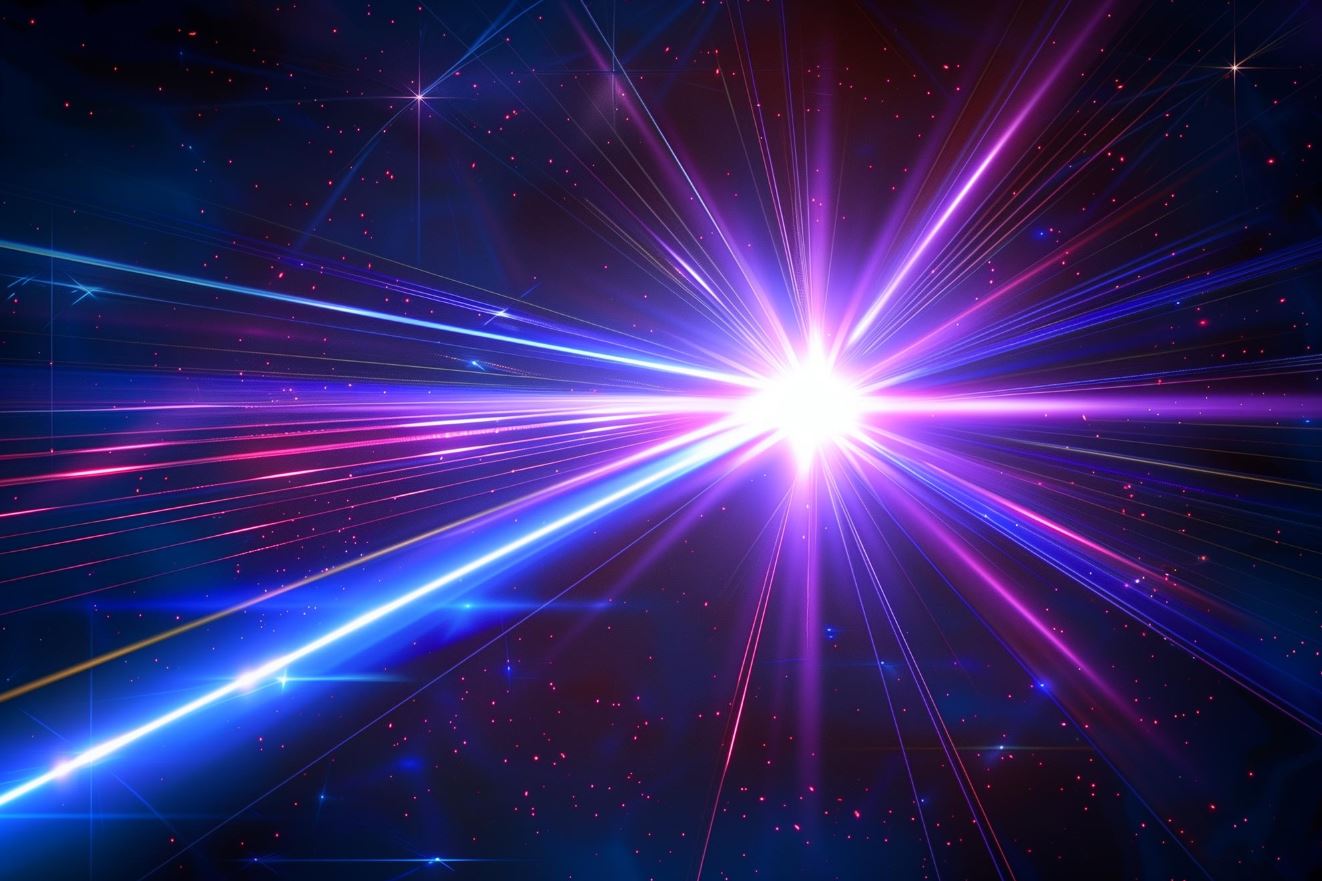 If you’ve ever been curious about how light shapes our understanding of the universe, you’re in the right place. At the University of Maryland, researchers are exploring not only electromagnetic waves but also how light underpins principles like special relativity and quantum mechanics.
If you’ve ever been curious about how light shapes our understanding of the universe, you’re in the right place. At the University of Maryland, researchers are exploring not only electromagnetic waves but also how light underpins principles like special relativity and quantum mechanics.
Light has always been a trusted guide—from ancient stargazers mapping the skies to today’s physicists probing the mysteries of matter and energy. Understanding the full spectrum of electromagnetic waves, which stretches from low-energy radio transmissions to high-energy gamma rays (with visible light nestled in between), gives us practical insights into how light interacts with the world around us.
When Einstein introduced special relativity, he redefined our concepts of space and time, positioning the speed of light as a natural benchmark for all matter. It’s a gentle reminder of the order in our universe—even when things seem chaotic.
Quantum mechanics, with its blend of particles and waves, challenges our classical views and opens up fascinating possibilities. If you’ve ever wrestled with the weirdness of tiny particles behaving unpredictably, you’re not alone. This framework forms the backbone of ongoing research into the quantum vacuum.
Current experiments are trying a bold new approach: using extreme laser light to create lab conditions that mimic astrophysical events. These setups might soon shed light on enduring questions about dark matter and the fundamental properties of the vacuum.
Every experiment builds on well-established physics to bridge the gap between theory and observation. By carefully designing their models and setups, scientists aim to clarify how quantum effects emerge in extreme conditions and inspire practical insights for future technologies.








